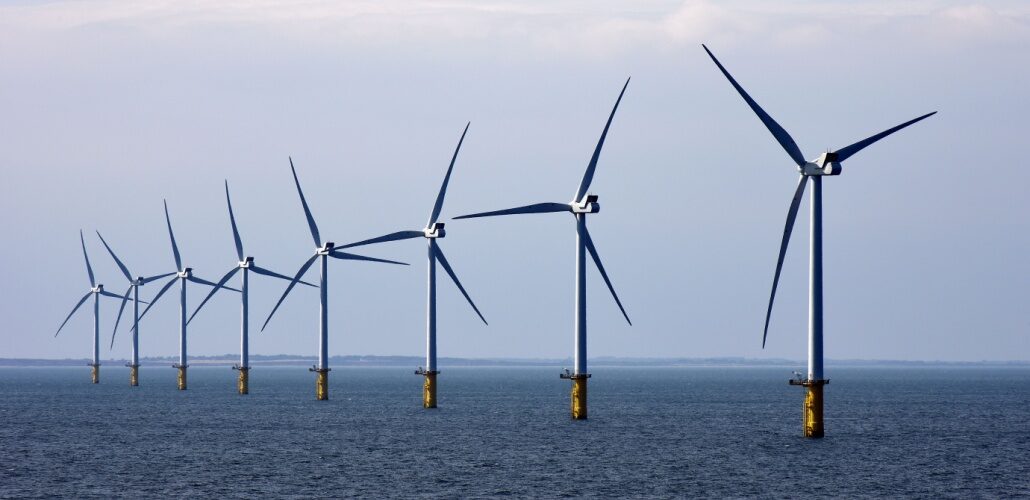West of Orkney plans approved
The North Planning Applications Committee approved the project’s onshore application for planning permission in principle.

Image for illustration purposes.
UK, Scotland: The Highland Council has approved the onshore plans for the 2 GW offshore West of Orkney Windfarm off Scotland’s northern coast. The North Planning Applications Committee approved the project’s onshore application for planning permission in principle, which outlines the underground cables and electrical infrastructure required to connect the project to the transmission network.
The application provides information on proposed cable landfalls on the north Caithness coast, the project’s substation at Spittal in Caithness and the underground cables which will extend around 25 km and connect to the substation. In preparation for the application, the developer organised public events to allow local people to participate and engage with the project’s design, and the application was accompanied by environmental assessments based on survey data collected over two and a half years.
Construction will start in 2027, and the project will begin generating electricity in 2029. It will consist of up to 125 turbines on fixed foundations and is being developed by a joint venture of Corio Generation, TotalEnergies and Renewable Infrastructure Development Group (RIDG).
West of Orkney Windfarm Development Manager Jack Farnham said: “We would like to thank local residents and community representatives, landowners and businesses across the Highlands for their time and input on our proposals. Community feedback helped us shape and deliver our application. The officers’ report and members positive decision ensures we can continue to realise the local, regional and national benefits from the West of Orkney Windfarm. The onshore connection is a vital component of the offshore windfarm and will enable us to export clean electricity to homes and businesses across the country. The cables to our substation will all be underground and once installed, the land will be reinstated.”
Source: renews.biz
#offshore wind#Renewables#Scotland#UK#West of Orkney Windfarm#wind farm




